This month, we honor the many millions of African Americans who have made and continue to make Black history, an extraordinarily rich and vibrant tapestry woven from the simple, yet so often elegant, moving, and enriching process of Black lives being lived. Change is a critical, ineluctable element of life, and here at the College of Engineering, we anticipate the changes that will lead to a time when African American representation in engineering and related STEM fields accurately reflects the community’s percentage of the U.S. population. For the moment, we want to take the opportunity to observe, remember, and celebrate some remarkable African Americans’ contributions in engineering and related STEM disciplines, including those of UC President Michael V. Drake; Professor Sharon Tettegah, UCSB Associate Vice Chancellor for Diversity, Equity, and Inclusion who has an appointment in Black Studies and the College of Engineering’s Computer Science Department and is the director of the Center for Black Studies Research; and alumnus Archie L. Holmes (PhD Electrical Engineering, ’97), who in 2020 was named Executive Vice Chancellor of Academic Affairs for The University of Texas System. To find out more about the extensive contributions of Black Americans in engineering and other STEM fields, visit the History Makers website at www.thehistorymakers.org or go directly to the "Science Makers" section of the site.
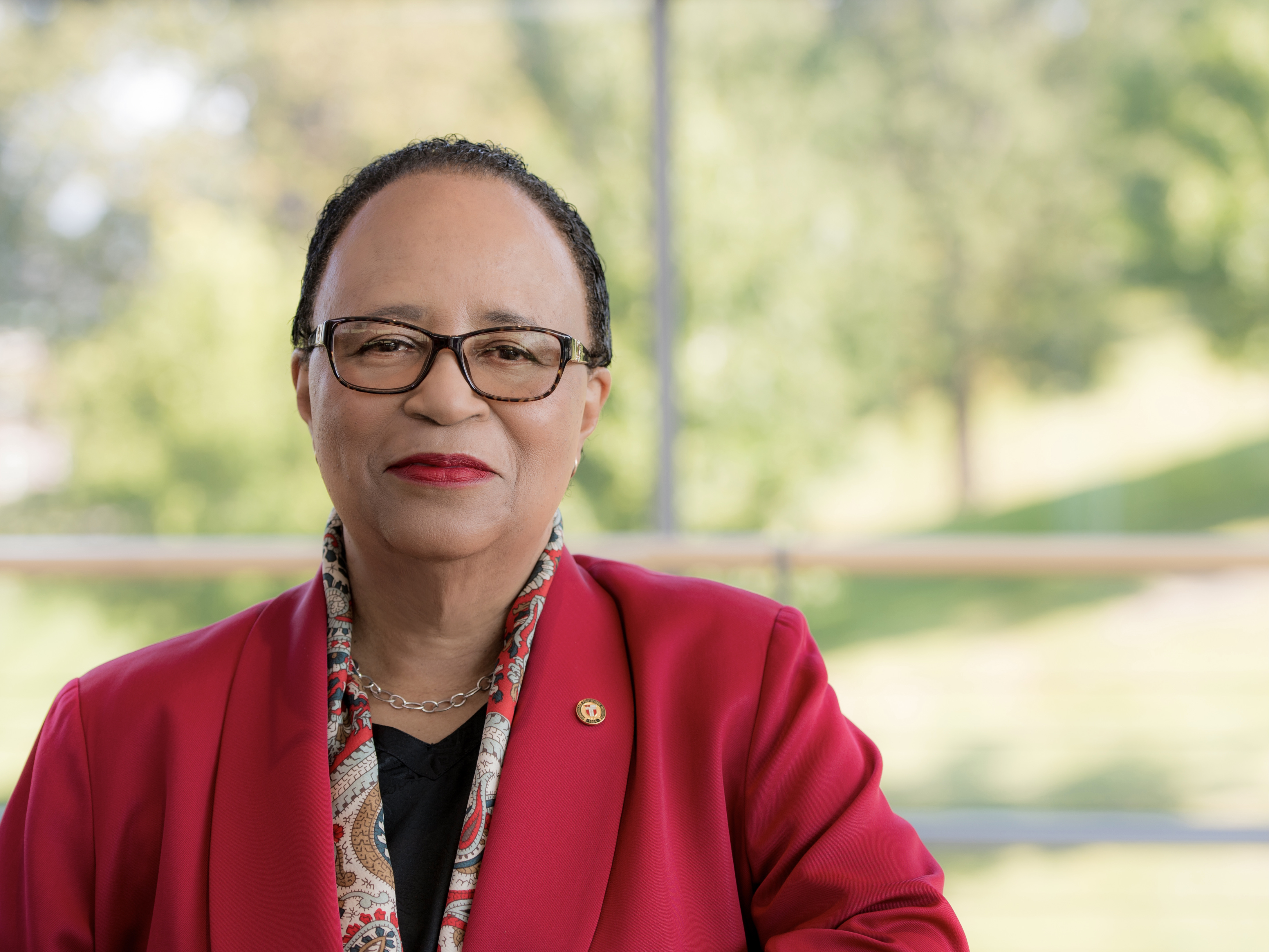
Dr. Shirley Jackson, Rensselaer Polytechnic Institute
Shirley Jackson is a theoretical physicist who made important contributions to the telecommunications field while working at Bell Labs, and was the first Black woman to earn a PhD from the Massachusetts Institute of Technology. This summer, after more than twenty years, she will step down from her position as the first Black president of a highly ranked university, a post she assumed at New York’s Rensselaer Polytechnic Institute in 1999. According to the university’s website, Jackson’s leadership prepared Rensselaer to lead in key areas of 21st-century research, such as computational science and engineering, biotechnology and the life sciences, and nanotechnology and advanced materials. Sponsored research awards and expenditures tripled during her tenure, and nearly four hundred tenured and tenure-track faculty members were hired. She chaired the Nuclear Regulatory Commission under President Bill Clinton, and in 2016, President Barack Obama awarded her the National Medal of Science, the nation's highest honor for contributions in science and engineering.
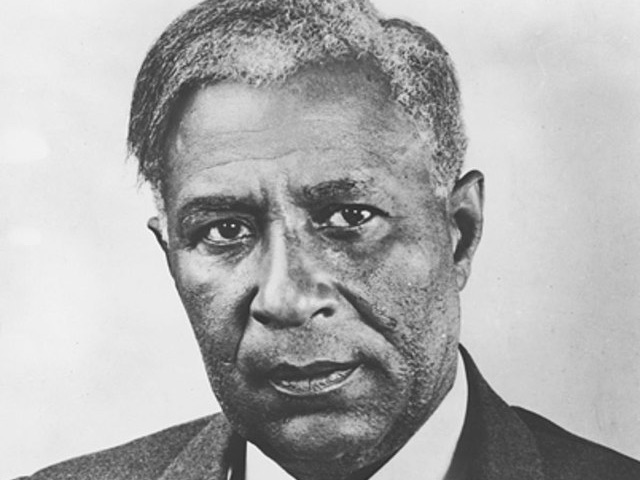
Garrett Morgan, Safety
When red-green traffic lights proved inadequate to the task of safely managing the rapidly growing automobile traffic of the 1920s, Garrett Morgan invented the yellow light, adding the nuance of “slow” that would save lives. With only a sixth-grade education, this son of freed slaves began his career as a sewing-machine mechanic, furthering his education by hiring private tutors at night. Prior to inventing the three-way traffic signal, he found his first success in a hair-straightening product he developed and sold to African Americans. He also developed a “safety hood” to protect against toxic smoke and gas but was able to generate sales only after hiring a White actor to play the “inventor” while he pretended to be the “assistant.” Fire departments snapped up the new protective gear, which would be adapted to make gas masks that saved countless lives on the battlefields of World War I.
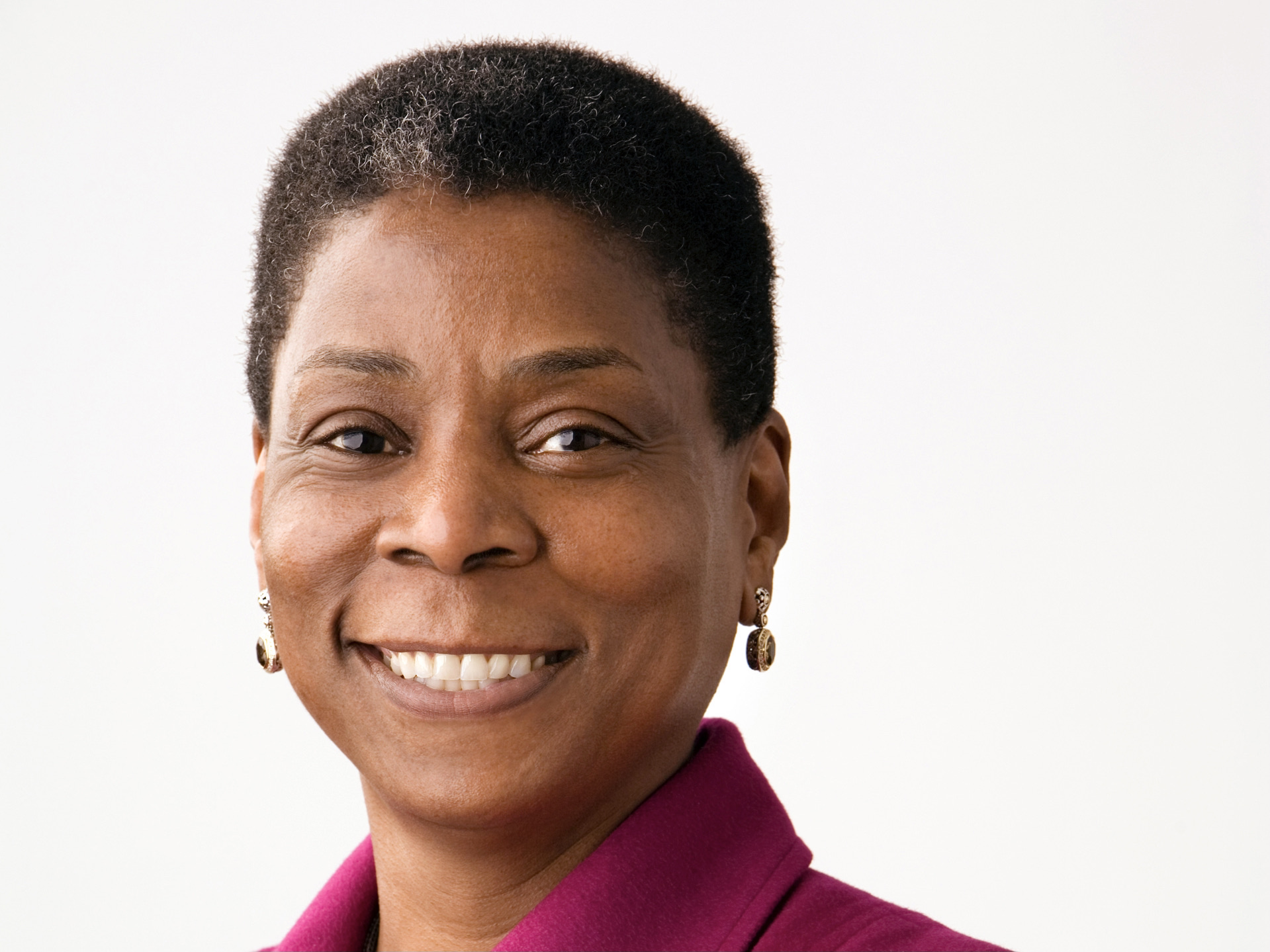
Ursula Burns, Xerox
Businesswoman Ursula Burns is widely known as the first Black female CEO of a Fortune 500 company, a position she held at Xerox from 2009 to 2016. She was selected by President Obama to lead the White House national program on STEM, and in 2014, Forbes rated her the 22nd most powerful woman in the world. Raised by a single mother in a New York City housing project, Burns was quoted as follows in the Columbia University magazine: "I remember going to the library and saying, ‘OK, I need to figure out a way to get my mother out of poverty — myself as well. What’s the degree that actually gets me the most money after four years of college?’ And it was chemical engineering. So, basically, I said, ‘I’ll do that.’” Burns earned her BS in mechanical engineering from Brooklyn Polytechnic Institute (now New York University Tandon School of Engineering) and her MS in mechanical engineering from Columbia University. Starting with an internship, she spent nearly twenty years rising through the ranks at Xerox, being named the company’s president in 2007 and its CEO in 2009.
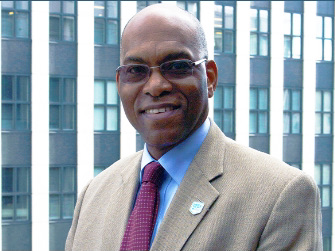
Norman Fortenberry, ASEE
Norman Fortenberry is the Executive Director of the 125-year-old American Society of Engineering Education, which is dedicated to promoting “thoughtful dialogue to identify and acknowledge underserved constituencies and advocate for their enhanced participation, inclusion, and success,” as well as “promising practices of inclusiveness and model public accountability.” Diversity, inclusion, and access are written into the ASEE’s vision, mission, and value statements. Fortenberry earned his SB, SM, and ScD degrees, all in mechanical engineering, from the Massachusetts Institute of Technology, and has served as a faculty member in the Department of Mechanical Engineering at Florida A&M University and at the Florida State University College of Engineering. Previously, he served in various executive roles at the National Science Foundation.
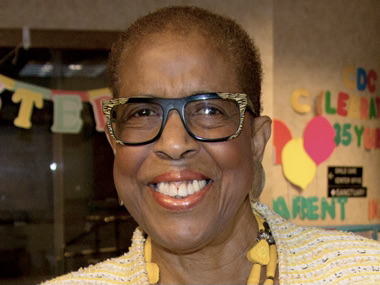
Lilia A. Abron, Entrepreneur
A gifted mathematician born in 1945 and later inspired by Rachel Carson, author of the seminal book Silent Spring, and the environmental movement it helped to ignite, Abron pursued a career in environmental engineering. She completed her undergraduate studies in chemistry at LeMoyne College in Memphis, and earned her MS in chemistry at Washington State University in St. Louis in 1968, after just thirteen months. After writing her PhD thesis on the removal of pesticides from water, she became the first Black woman to earn a PhD in chemical engineering, which she received from the University of Iowa in 1972. Abron taught at several universities during the 1970s, and in 1978, she founded PEERCP, a successful engineering consultant firm , PEER Consultants, P.C., becoming the first Black woman to start an engineering consulting firm focused on environmental issues and solutions. She is an elected fellow of the American Academy of Arts and Sciences, and, in 2020, was elected to the National Academy of Engineering.
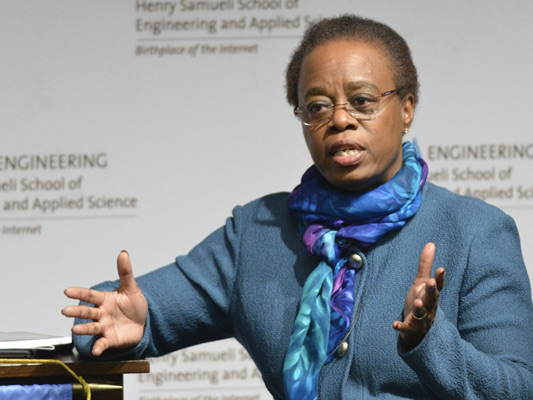
Dr. Wanda Austin, Aerospace
A successful businesswoman who led The Aerospace Corp. as its president and CEO, Austin is internationally known for her expertise in aeronautics and systems engineering. Since earning her PhD in systems engineering from the University of Southern California, she has been instrumental not only in shaping the U.S. aerospace industry, but also in ensuring national security within the space community. President Obama appointed her to a board to review and plan future space missions. She eventually became the interim president of the University of Southern California, where she was praised for her leadership in shifting university culture following George Floyd’s death at the hands of police.
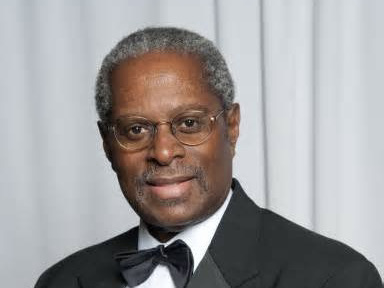
Walt Braithwaite, CAD
Born in Jamaica, Braithwaite went to work for Boeing in 1966, the same year he received a degree in engineering. He was involved in developing some of the most important aircraft and systems, and his team developed the first computer-aided design/computer-aided manufacturing (CAD/CAM) systems, which ushered in an era of software-driven design in all industries. Braithwaite also became the highest-ranking Black executive at Boeing when he was named president of Boeing Africa in 2000.
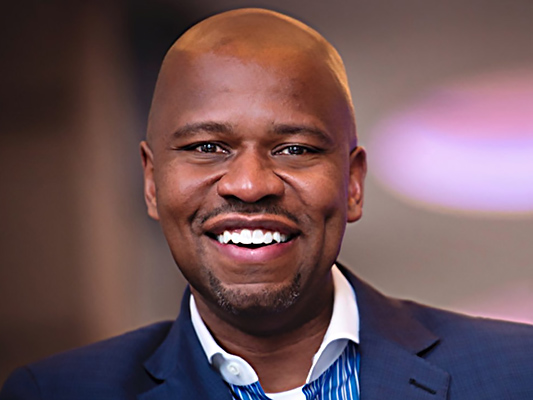
Theodore (Ted) Colbert III, Boeing
The recipient the 2022 Black Engineer of the Year Award, Ted Colbert was recognized by Savoy magazine as one of the Most Influential Black Executives in Corporate America in 2020 and 2021. He serves as executive vice president of The Boeing Company and president and chief executive officer of Boeing Global Services, and is a member of Boeing’s Executive Council. He was named president and CEO of Boeing’s Global Services in 2019, leading Boeing’s aerospace services development and delivery model for commercial, government, and aviation industry customers worldwide. Colbert completed the Dual Degree Engineering Program at the Georgia Institute of Technology and Morehouse College with degrees in Industrial and Systems Engineering and Interdisciplinary Science.
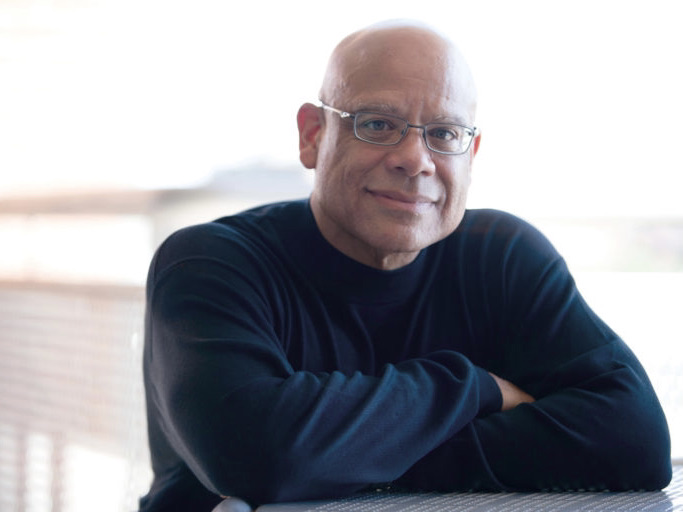
Mark Dean, PCs
As a young boy, Mark Dean and his father built a tractor from scratch. Later earning an engineering degree and working for IBM, he helped usher in the era of the personal computer, developing a number of landmark technologies, including the color PC monitor and the first gigahertz chip. He holds three of the company's original nine patents. He worked with Dennis Moeller to invent the Industry Standard Architecture system bus, which enabled disk drives, printers, and other computer plug-ins. Dean is a member of the National Academy of Engineering with more than twenty patents in his name.

Mary Jackson, NASA
Brought to worldwide notice in the award-winning film Hidden Figures, Mary Jackson was a gifted mathematician who had to fight through enormous intersectional prejudice as a Black woman. Raised in Virginia, she earned a dual degree in math and physical science at Hampton Institute, then worked multiple jobs before finding her way to the Langley Memorial Aeronautical Laboratory’s segregated West Area Computing section in 1951. She was eventually selected to work in NASA’s Supersonic Pressure Tunnel, a position that required her to take engineering classes. After a court victory enabled her to attend night classes at a segregated White high school, she went on to became NASA’s first Black female engineer, specializing in aerodynamics. In the 1970s, Jackson helped the children in the science club at a local community center build their own wind tunnel and use it to conduct experiments. “We have to do something like this to get them interested in science," she said in an article for the local newspaper. "Sometimes they are not aware of the number of black scientists, and don't even know of the career opportunities until it is too late."
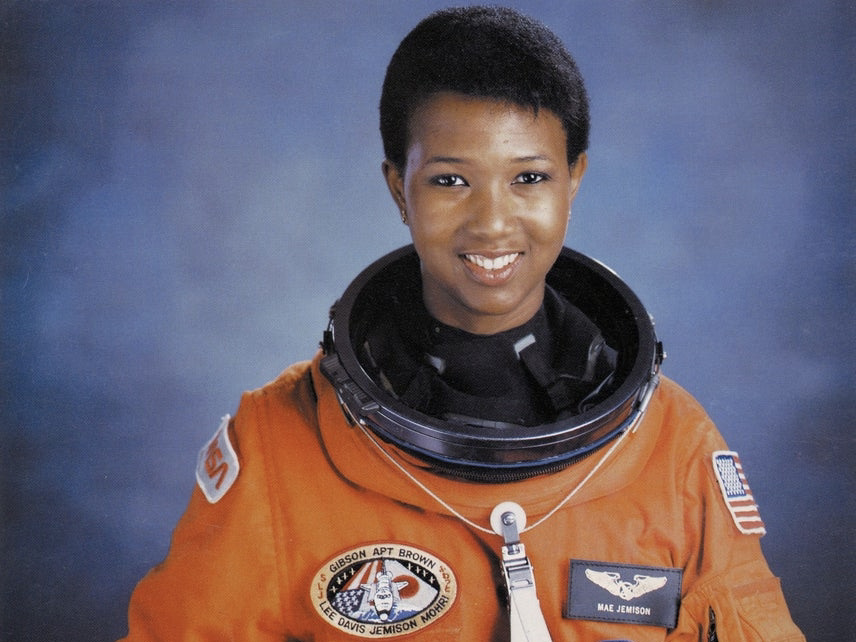
Mae Jemison, Space
When a high school teacher told Mae Jemison that girls weren’t good at chemistry, she took it as a challenge. She enrolled at Stanford University at the age of 16, receiving degrees in chemical engineering and Afro-American studies. She went earned her medical degree at Cornell and then applied to NASA’s training program to pursue her quietly held longtime dream of becoming an astronaut. Jemison became the first African-American female astronaut in space when she orbited the Earth aboard a Space Shuttle flight in September 1992. Today, she is a faculty member at Cornell, where she continues to inspire minority students to reach their potential. She once said, “Never limit yourself because of others' limited imagination; never limit others because of your own limited imagination.”
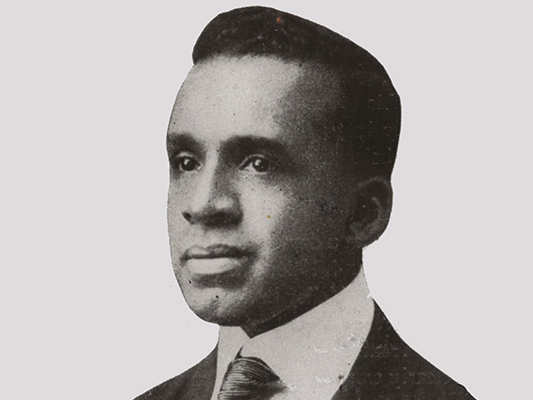
George Biddle Kelley, New York First
George Biddle Kelley graduated from Cornell University's College of Civil Engineering and, in 1908, became the first African-American engineer registered in the state of New York. His father, Richard, was a runaway slave who had come north and volunteered to serve with the 54th Massachusetts Infantry, the first U.S. government-recognized unit of Black troops to fight in the Civil War. Kelley spent half his career with New York’s Engineering Department, contributing to many projects, including New York State’s Barge Canal and was a founding member of the Alpha Phi Alpha fraternity, the oldest Black Greek fraternal organization.
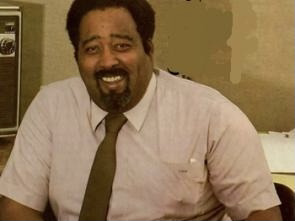
Jerry Lawson, Gaming
Back before Play Stations and the other multi-game consoles arrived, the few video games that existed were built into the hardware. The game that was built in was the game you played. That is, until Jerry Lawson came along in the mid-1970s. A self-taught engineer who was inspired by George Washington Carver and began repairing televisions for extra money as a teenage in Queens, New York, he played a critical role in creating the first cartridge-based video game console and the commercial video game cartridge, making it possible to play different games on the same hardware. His invention, called the Fairchild Channel F, served as the precursor to modern video game systems.
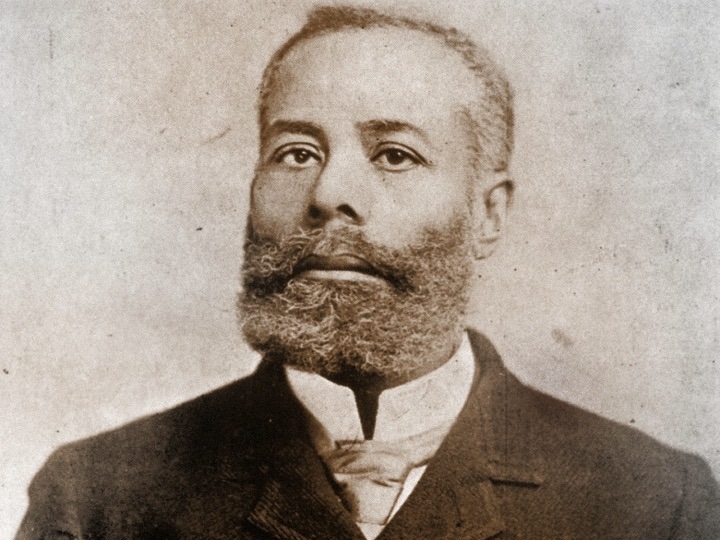
Elijah McCoy, Civil Engineer
The son (one of twelve siblings) of slaves who had fled Kentucky to Canada, McCoy traveled to Scotland for an apprenticeship when he was fifteen and returned having been certified as a mechanical engineer. But back in Michigan, where his family had settled in 1859, he could find work only as a fireman and oiler on the Michigan Central Railroad. That position led to his best-known invention of the 57 for which he earned patents: a lubrication device for oiling the steam engines in locomotives and ships while they were moving. Previously, they had been forced to stop frequently for lubrication. McCoy’s invention allowed trains, especially, to run faster and more profitably.
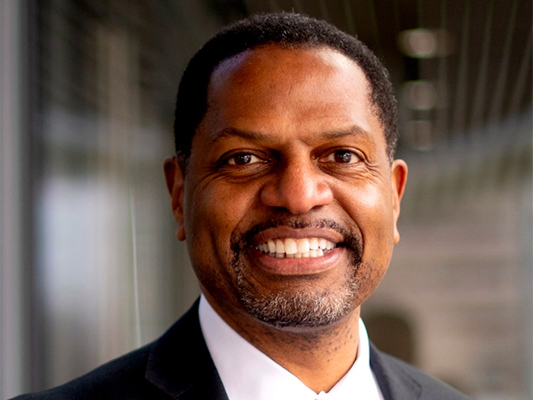
Karl Reid, NSBE
Karl Reid attended a magnet school while growing up in New York City and studied material science at the Massachusetts Institute of Technology. Inspired by Jonathan Kozol’s book Savage Inequalities, Reid, returned to MIT after twelve years in the computer industry to work on education programs for underserved communities while examining the relationship among race, identity, and academic attainment in earning his PhD from Harvard University. He was named head of the Office of Minority Education at MIT, served as Associate Dean of Undergraduate Education, and later worked for the United Negro College Fund. In 2014, he was named executive director of NSBE, leading operations of the NSBE World Headquarters team. He was also responsible for the development and execution of NSBE’s 2025 strategic plan, and he co-founded the 50k Coalition, a national effort to produce 50,000 diverse engineering graduates annually. In 2021, Reid was named to his current position as Chief Inclusion Officer at Northeastern University, in Boston.

Darryl N. Williams, Education
As Senior Vice President of Science and Education at The Franklin Institute in Philadelphia, Darryl Williams oversees all aspects of the institute’s science and educational programming, which lie at the heart of its efforts to inspire a passion for learning about science and technology. Williams came to Franklin from Tufts University’s School of Engineering, where he was Dean of Undergraduate Education and Director of the Center for STEM Diversity and a leading force behind the innovative transformation of the School of Engineering’s undergraduate curriculum. Under his direction, the center broadened the participation of underrepresented populations in science and engineering disciplines and produced invaluable research on evidence-based practices in that arena.
